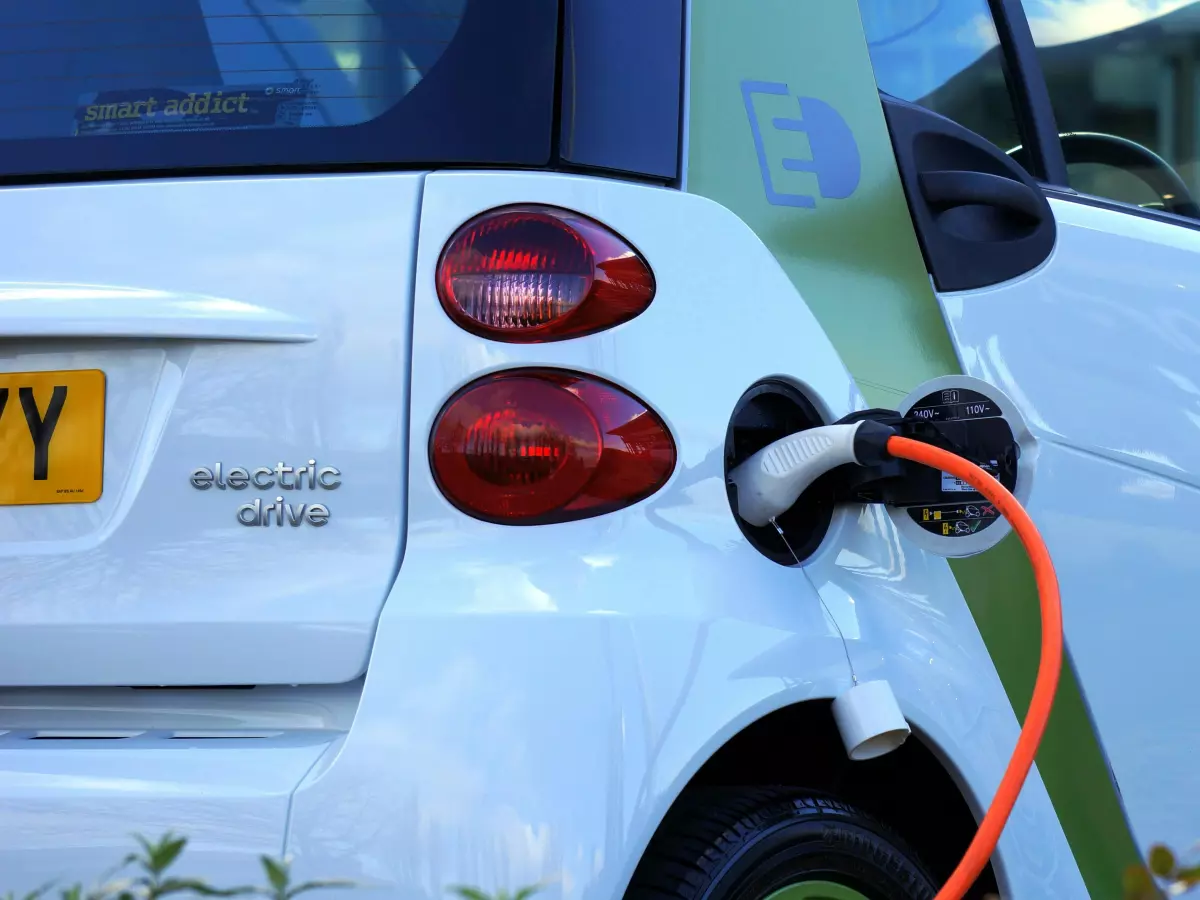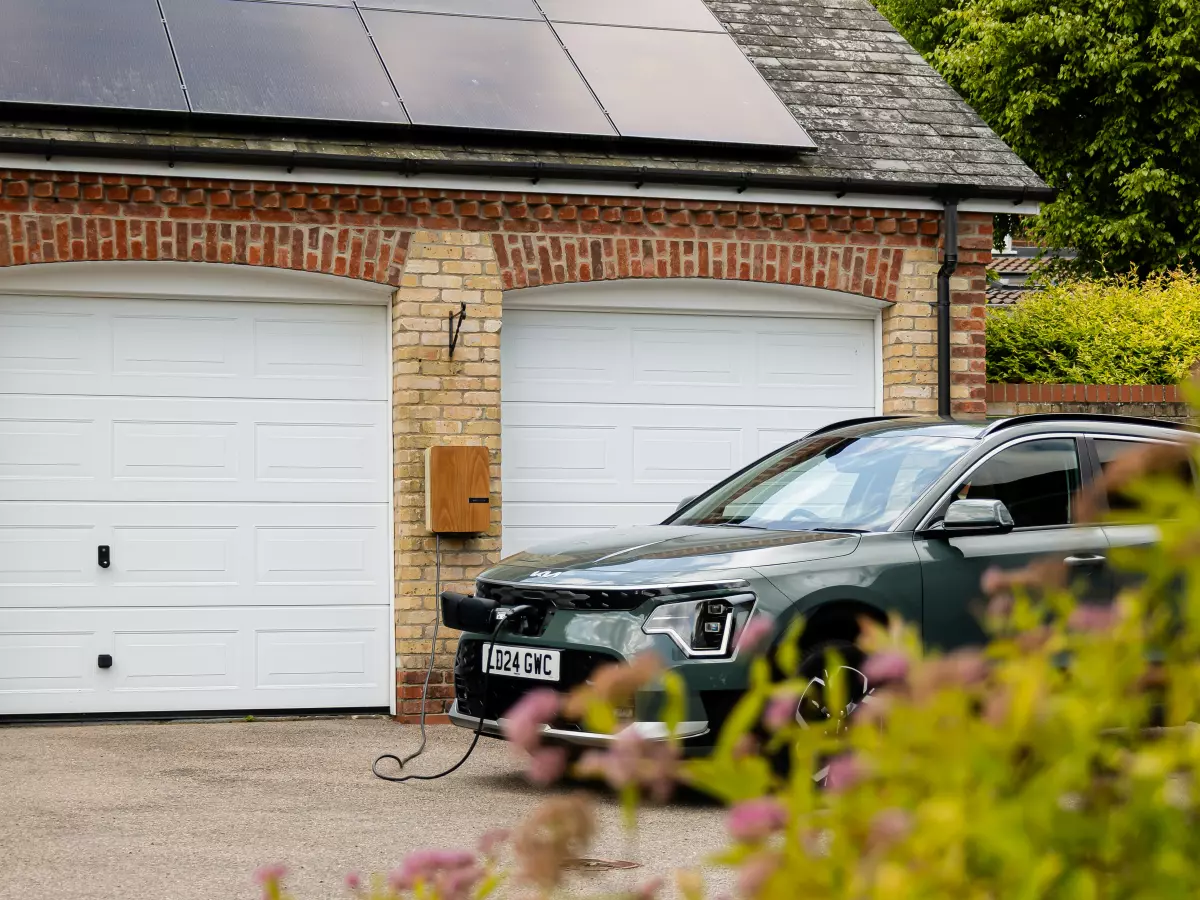Smarter EV Charging
“The future belongs to those who prepare for it today.” – Malcolm X

By Dylan Cooper
When you think about electric vehicles (EVs), the first thing that probably comes to mind is the battery. But let’s hit pause on that thought for a second. What if I told you that the real game-changer isn’t the battery itself but the algorithms managing how that battery gets charged? Batteries are the heart of EVs, sure, but without a brain to optimize their use, they’re just a lump of chemistry waiting to be unleashed.
Think of it this way: a chef can have the finest ingredients in the world, but without a recipe, it’s just chaos in the kitchen. EV charging algorithms are the recipe, ensuring that every watt of power is used wisely, every charge session is efficient, and every battery lasts as long as possible. Let’s dive into how these algorithms are reshaping the EV landscape.
Why Algorithms Matter
Charging an EV isn’t as simple as plugging it in and walking away. Factors like battery health, grid demand, and even weather conditions play a role in how efficiently your car charges. This is where algorithms come in, acting as the middleman between your EV and the charging station. They analyze real-time data to determine the best charging speed, timing, and even whether to prioritize fast charging or long-term battery health.
For instance, during peak grid hours, a smart algorithm might slow down your charging rate to reduce strain on the grid. Or, if it detects that your battery is nearing its optimal temperature range, it might adjust the charging speed to prevent overheating. It’s like having a personal assistant for your EV, making sure everything runs smoothly while you sip your coffee.
Dynamic Load Balancing
One of the coolest things about modern EV charging algorithms is their ability to manage multiple vehicles at once. Imagine a busy charging station with ten EVs plugged in. Instead of charging all of them at full speed and risking a grid overload, the algorithm dynamically allocates power based on each vehicle’s needs. If one car is at 80% charge and another is at 20%, the system prioritizes the latter. It’s like triage, but for electrons.
This not only improves efficiency but also reduces wait times for drivers. Plus, it’s a win for the grid, which doesn’t have to deal with sudden spikes in demand. Everybody wins, except maybe your gas-guzzling neighbor who’s still stuck in the Stone Age.
Predictive Charging
Another area where algorithms shine is predictive charging. By analyzing your driving habits, the system can anticipate when and where you’ll need to charge next. For example, if you always charge your car at 7 PM after work, the algorithm can precondition the battery to accept a charge more efficiently at that time. It’s like your EV is saying, "I got you, buddy."
But it doesn’t stop there. Predictive algorithms can also factor in external conditions like electricity prices and weather forecasts. If a storm is coming and electricity rates are about to spike, your EV might suggest charging earlier to save you some cash. It’s like having a financial advisor and a meteorologist rolled into one, but way cooler.
The Role of AI
Of course, we can’t talk about algorithms without mentioning artificial intelligence (AI). AI takes these charging systems to the next level by learning and adapting over time. The more data it collects, the smarter it gets. For example, if your driving habits change—say, you start taking a new route to work—AI can adjust its predictions and charging strategies accordingly. It’s like your EV is always one step ahead, making your life easier without you even noticing.
AI also plays a crucial role in grid management. By analyzing data from thousands of EVs, it can predict demand patterns and help utilities prepare for peak loads. This not only makes charging more efficient but also paves the way for a more sustainable energy future. Who knew algorithms could be so eco-friendly?
Challenges Ahead
Of course, no technology is without its challenges. One major hurdle is standardization. With so many different EV models and charging networks out there, creating a universal algorithm that works for everyone is easier said than done. Then there’s the issue of cybersecurity. As EVs become more connected, they also become more vulnerable to hacking. Ensuring that these algorithms are secure is just as important as making them smart.
But despite these challenges, the potential benefits far outweigh the risks. Smarter charging algorithms could be the key to making EVs more accessible, efficient, and sustainable for everyone. And let’s be honest, who doesn’t want a car that’s basically a genius?
So the next time you plug in your EV, take a moment to appreciate the invisible brainpower working behind the scenes. It’s not just about getting from point A to point B; it’s about doing it smarter, faster, and greener. And that, my friends, is the future of driving.
Ready to embrace it?





